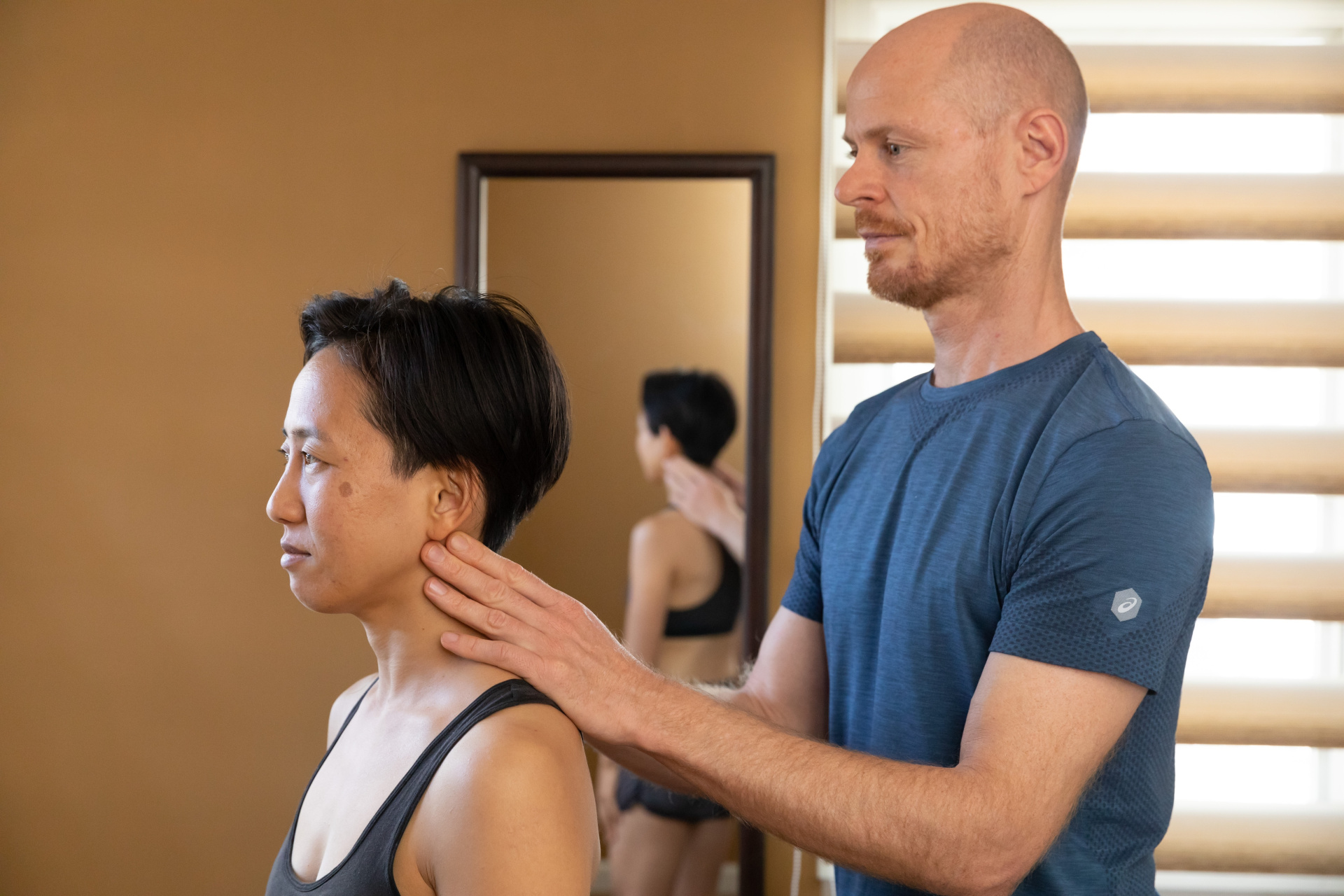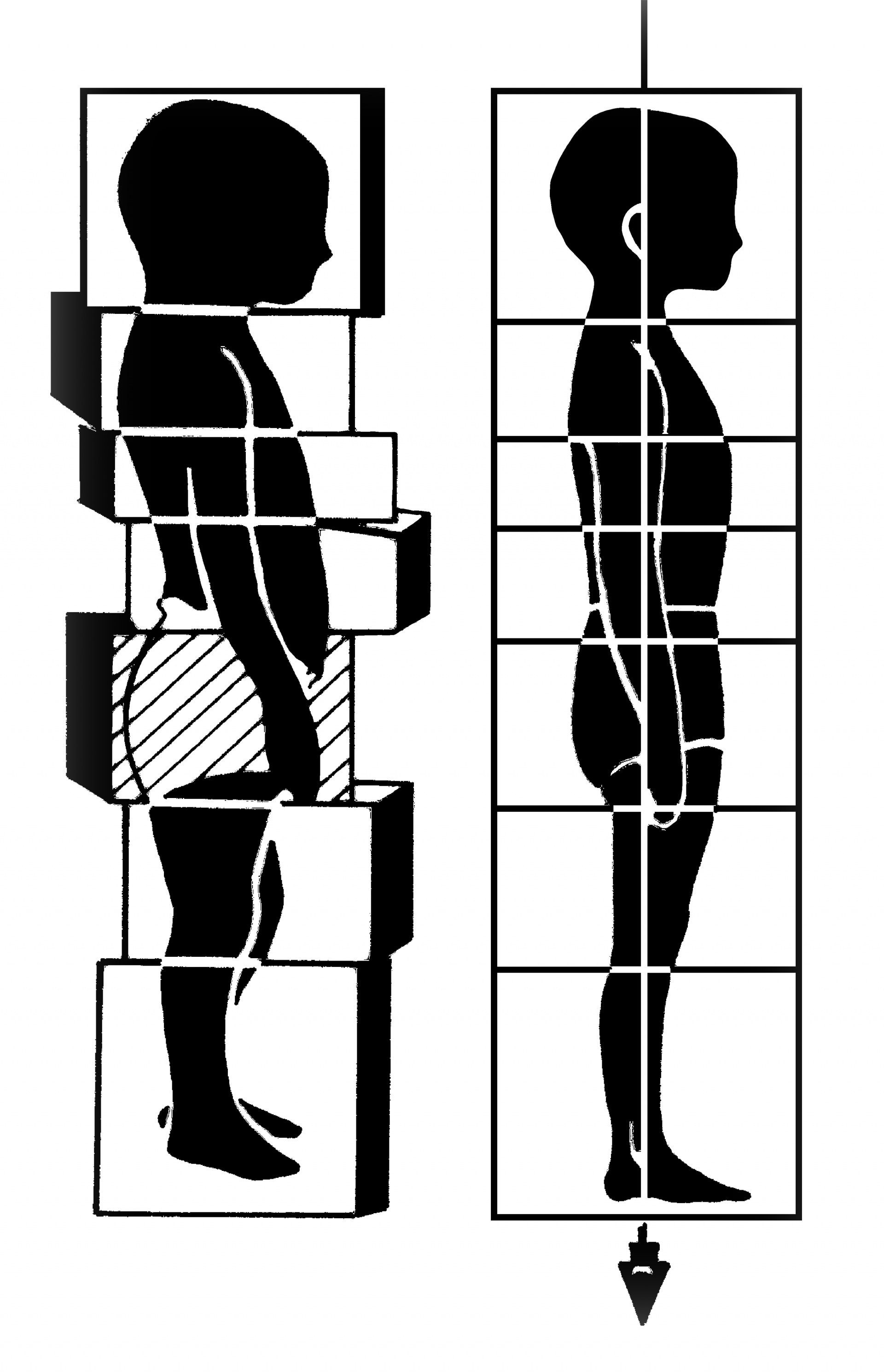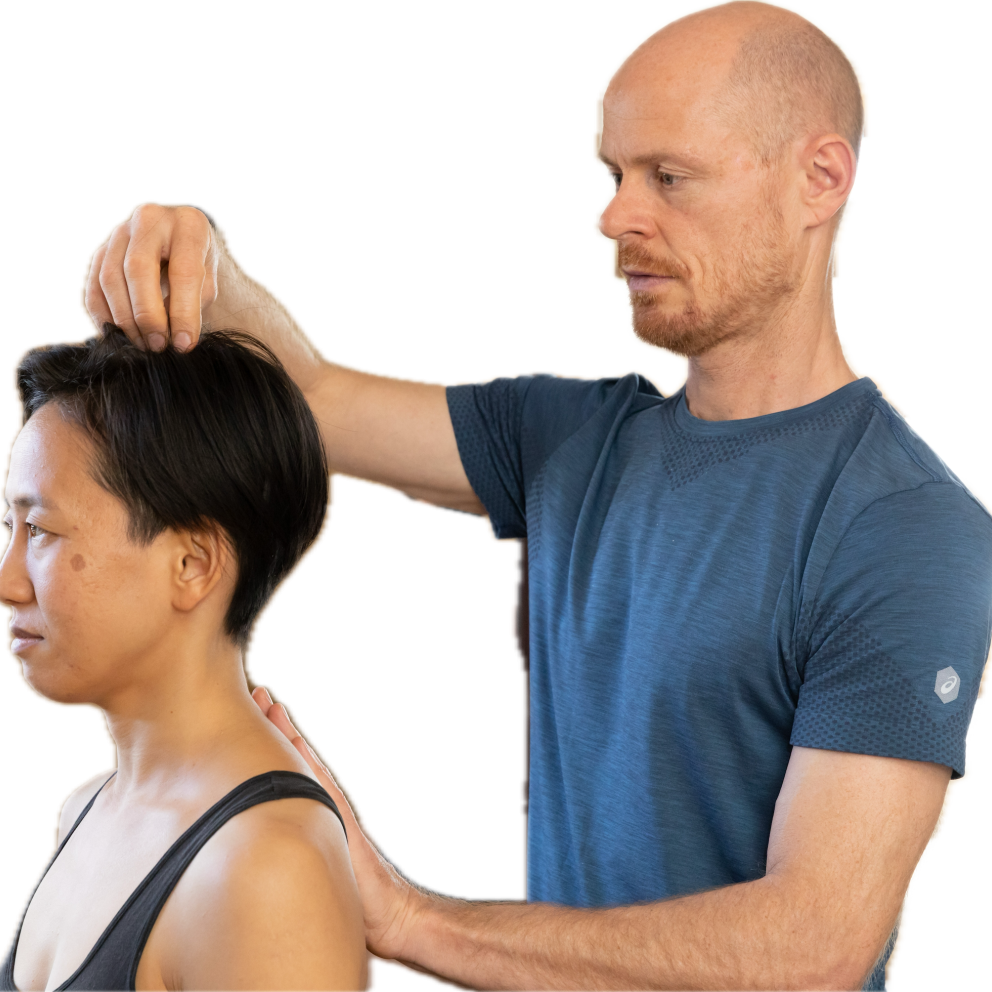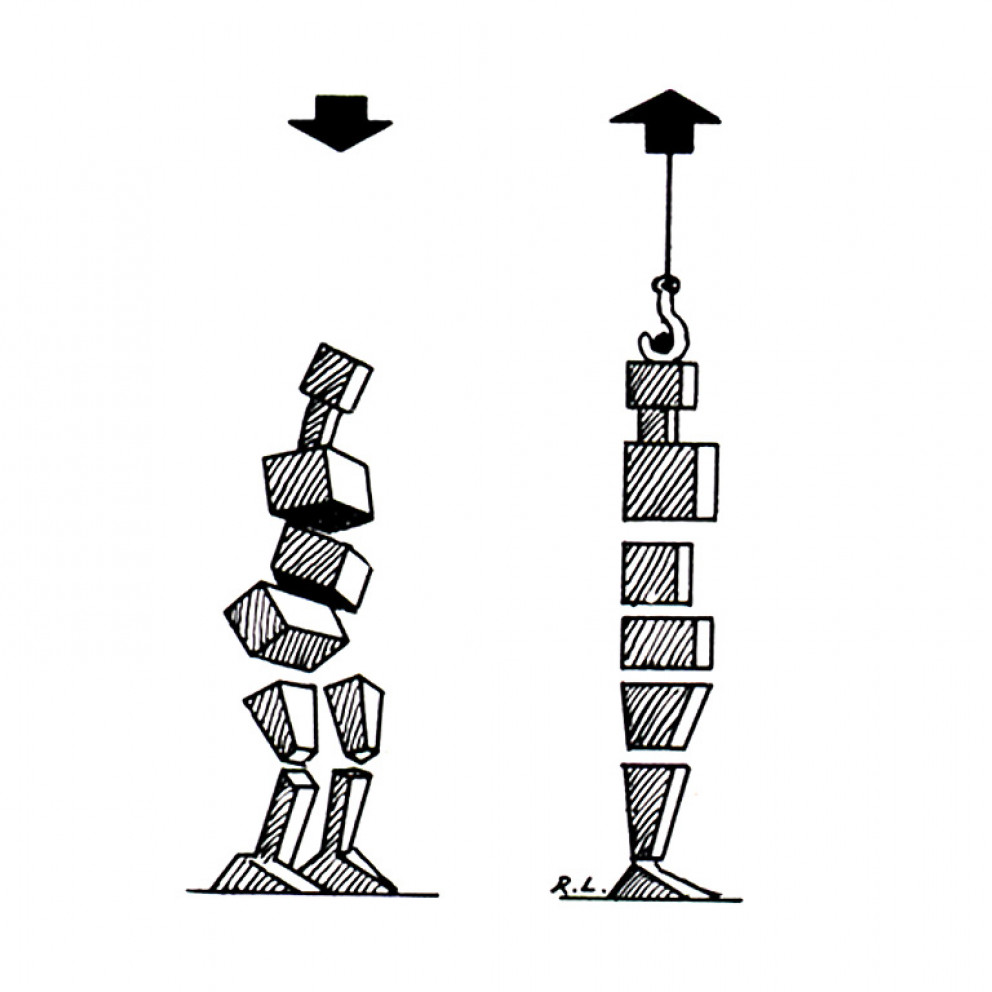
Rolfing® Structural Integration
Rolfing® Structural Integration, named after its founder, Dr. Ida P. Rolf, is a form of bodywork that works on the connective tissues to release, realign, and balance the whole body, thus potentially resolving discomfort and reduce discomfort compensations, and alleviating pain. Rolfing SI aims to restore flexibility, vitalize your energy, and leave you feeling more comfortable, harmonious, and peaceful with yourself and your surroundings.
Rolfing® Structural Integration is a holistic, hands-on bodywork method that uses soft-tissue manipulation and movement training to restore health, balance, and vitality to the body. By working with the body’s fascial tissue using a spectrum of touch ranging from gentle to firm, Rolfing® aims to free the body from restrictions and improve the internal relationships within the body and the body’s relationship to gravity itself. Classically, Rolfing® is a set of ten sessions where each session has a defined treatment area and theme. During the ten sessions, you will also explore and develop ways of moving your body with greater ease, efficiency, and naturalness.

Who can benefit?
Rolfing® SI can be applied to individuals of any age and health condition.

Common benefits of Rolfing®
- Pain reduction, and often pain resolution
- Improved posture, gait, coordination, mobility and balance
- Accelerated recovery from injury
- Improved athletic and/or job performance
- Enhanced energy levels and increased ease in daily activities
- Relief from stress and chronic pain
- Deeper and more relaxed breathing
- Increased bodily awareness
Rolfing® SI is also recommended for those who are not satisfied with their current health program and are looking for a supplement to other forms of therapy. Rolfing® has lasting effects and patients often feel the benefit of these for a lifetime.
Ten-session series
The basic Rolfing® treatment consists of ten sessions, each lasting around 75 minutes and taking place every two to four weeks. Each session has its own theme and treatment area. The treatment takes place in a lying, standing, or sitting position. Each session builds systematically on the previous one. New movements are explored and trained so that they can be implemented in everyday life. The patient’s willingness to explore their own body and its movements has a positive effect on the success of the treatment.
Fascia
Fascia is the soft component of connective tissue that runs through the human body in a continuous network. Fascia is an important sensory organ equipped with many different receptors and plays a key role in our bodily awareness. It also plays an important role in our perception of gravity; it works with our muscles, informing our movements and posture. In other words, fascia contributes to how we feel about our bodies.
Gravity
The gravitational force has a constant effect on our bodies. The individual body parts are always responsive to and, ideally, support one other. When the body is in balance, we do not need any extra muscle activity to keep us upright. The picture gives an idea of what this balance means.

The history of Rolfing® SI
Structural Integration (SI) was developed by Dr. Ida P. Rolf (1896-1979). Ida Rolf began to look at the body from a fundamentally different angle. She recognized gravitational force as a central factor that influences the human body. She concluded that the optimal arrangement of essential body parts (such as the feet, legs, pelvis, chest and head) in harmony with gravity would lead to greater well-being – which is why she named her method ‘Structural Integration – integrating the human structure into gravity’.

Rolf initially taught her method to a small circle. She had a lively exchange with contemporaries such as Moshé Feldenkrais (1904-1984) and Frederick Matthias Alexander (1869-1955), who were also developing their own methods to improve the function of the body. She was a sought-after instructor at renowned osteopathic schools in England until founding her own institute in Boulder, the USA, in 1971. This institute still bears her name.